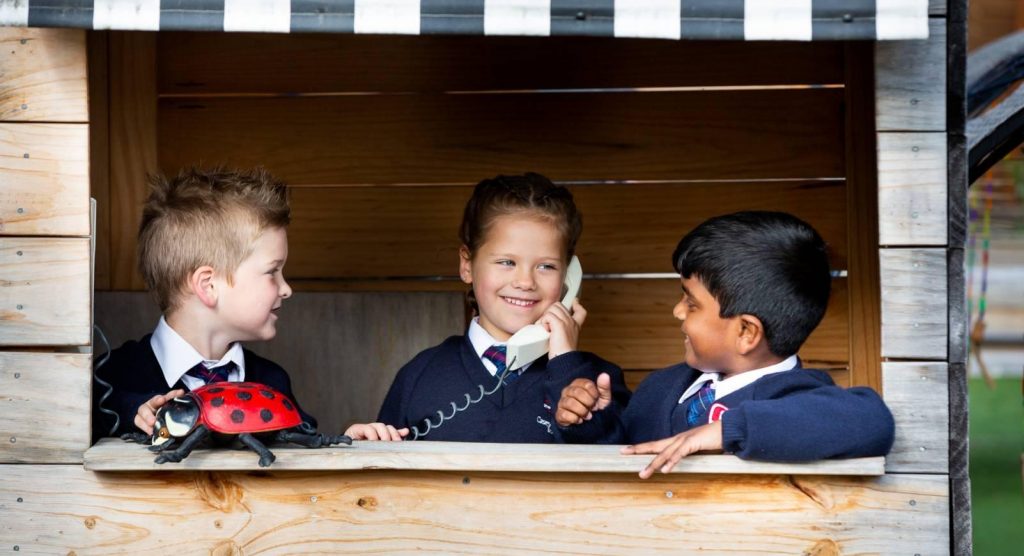Mindfulness
Bringing MINDFULNESS into your day with your family can be a rewarding practice to your day/week. Mindfulness is not necessarily about trying to relax or to achieve a particular outcome through the process. It is more about the ability to be fully present without being caught up in our thoughts. It takes time and practice, so be creative and adjust to suit the needs and preferences of your family.
These simple short practices can help to reset and refocus, reduce stress and promote emotional well-being.
Mindful Mealtimes: Encourage mindful eating during family meals by taking the time to appreciate the colours, smells and tastes of the food.
Encourage everyone to eat slowly, chew their food thoroughly, and engage in conversation without distractions like phones or TVs.
Encourage each family member to share what they are grateful for in their day/week around the dinner table.
Mindful Listening: Practice active listening when family members are speaking to each other.
Encourage each person to speak without interruption and truly listen to what the other person is saying, fostering understanding and empathy within the family.
Mindful Breathing: Schedule a time in the day for a mindful breathing exercise as a family or by yourself.
A strategy called mindful belly breathing is a practice which Dr Rosa calls ‘the mini’. Here is what you do: every time you feel stressed, simply take three slow and controlled deep belly breaths. “It’s a simple act, but this interrupts the fight-or-flight response and puts it on pause,” says Dr Rosa.
YouTube has a lot of great belly breathing activities. You can find a short four minute version for children called Belly Breathing; Mindfulness for Children by the Mindfulness Teacher.
Technology-Free Time: Designate certain times of the day or week as technology-free periods when the focus is on being present with each other.
Use this time to engage in activities that promote connection and mindfulness, such as playing board games, going for a walk, or practicing yoga together.
Get creative and put pencils to paper and draw/colour in, or go searching for rocks and paint simple things like smiley faces, hearts, flowers, or a word/message and leave a little inspiration on the rock.
Bedtime Rituals: Create bedtime rituals that promote relaxation and mindfulness, such as reading a book together, practicing gentle stretches, or reflecting on the day with gratitude.
Encourage your child to write their reflection in a journal or write it on a sticky note and place on their bedroom door, mirror or wall.
Lead by Example: Children often learn best by observing the behaviour of their parents and caregivers, so make sure to model mindfulness in your own actions and interactions with your family.
If you are looking for ideas, here is a list of 15 such apps that can help kids deal with anxiety and stress, and become more mindful:
- Breathe, Think, Do Sesame
- Calm
- DreamyKid
- Headspace: Guided Meditation and Mindfulness
- Kids Yoga Deck
- Stop, Breathe, and Think Kids
- Breathing Bubbles
- Smiling Mind
- Positive Penguins
- Calm Counter
- Emotionary
- Take a Chill
- Chill Outz
- Super Stretch Yoga
- Relax Melodies
By incorporating mindfulness into your family’s daily routine, you can cultivate greater presence, connection and wellbeing within your household. Give it a try 😊

Mandy Barr
Counsellor

 1221
1221











